Deck & Commander Strategies
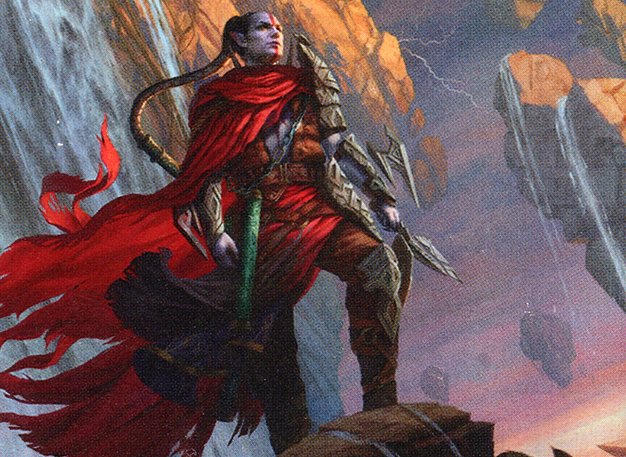
Anowon, the Ruin Thief
A rogue tribal deck focused on evasive creatures to apply pressure and generate value through their abilities and historical synergies, aiming to chip away opponents' life totals while disrupting their plans.
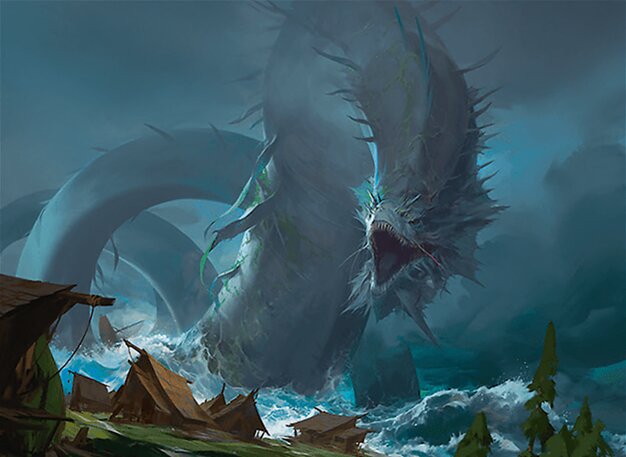
Aesi, Tyrant of Gyre Strait
A landfall deck that builds value from playing multiple lands per turn, developing a draw engine to cycle through its deck and establish a dominant board presence through incremental advantage.

The Ur-Dragon
A ramp-heavy dragon tribal deck that leverages The Ur-Dragon’s eminence to reduce dragon costs, enabling early and consistent deployment of powerful dragons to pressure opponents and generate continuous value.
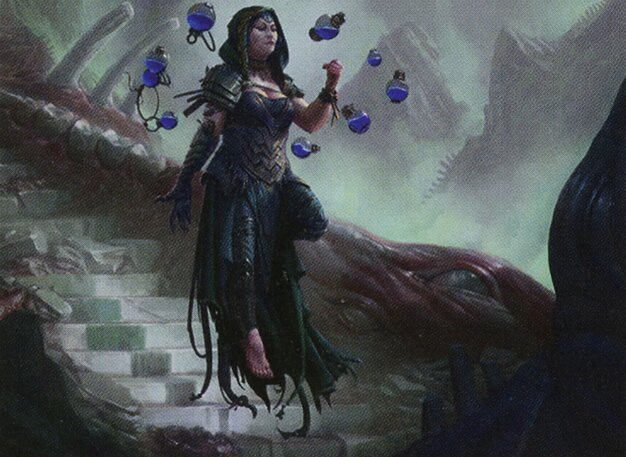
Kess, Dissident Mage
A semi-storm, semi-looting combo deck utilizing graveyard recursion and cards like Tainted Pact and Saheeli Rai to assemble a fast combo finish, relying on disruption to protect the combo and win quickly.
Gameplay Insights
- 1
The Ur-Dragon’s eminence ability provided crucial mana cost reduction, enabling faster deployment of high-cost dragons and early board pressure.
- 2
Graftdigger's Cage was a game-changing card that shut down Kess’s graveyard recursion, effectively neutralizing her combo potential.
- 3
Ugin, the Spirit Dragon’s board wipe was a pivotal moment that reset the board and exiled key resources, severely hindering multiple decks, especially Kess’s combo.
- 4
Anowon’s player had to pivot to a defensive reactive strategy after their combo was disrupted, relying on evasive rogues to maintain pressure.
- 5
The infect damage from Skithiryx created a constant threat, forcing opponents to prioritize removal and shaping combat decisions.
- 6
The landfall deck’s passive early game approach allowed it to recover quickly from board wipes by redrawing creatures and rebuilding the board state.
Notable Cards
-
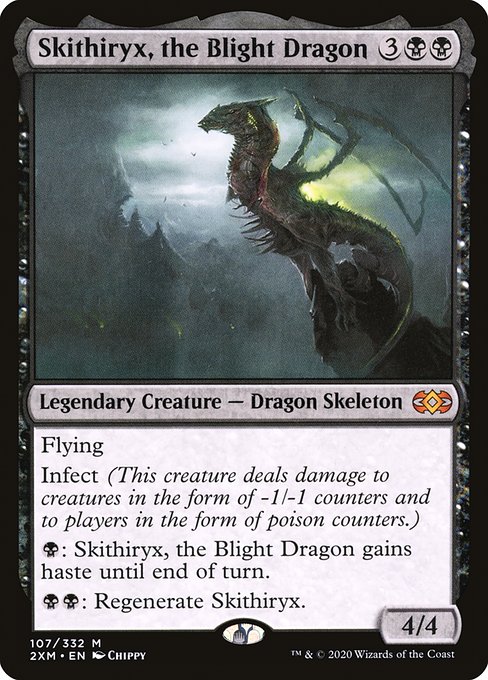
Skithiryx, the Blight Dragon
-
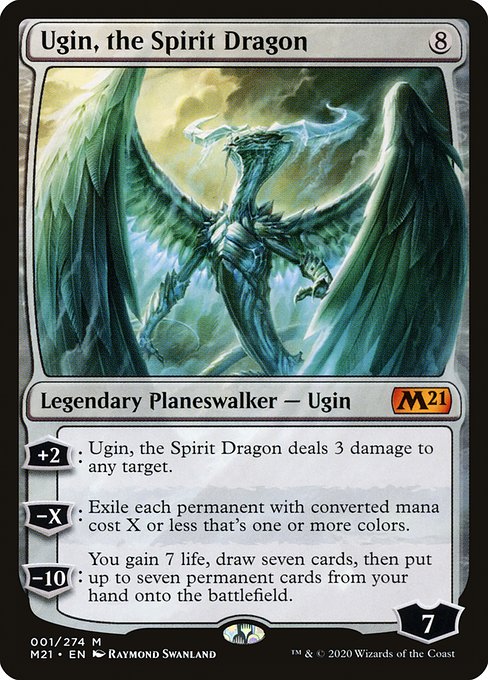
Ugin, the Spirit Dragon
-

Kindred Discovery
-
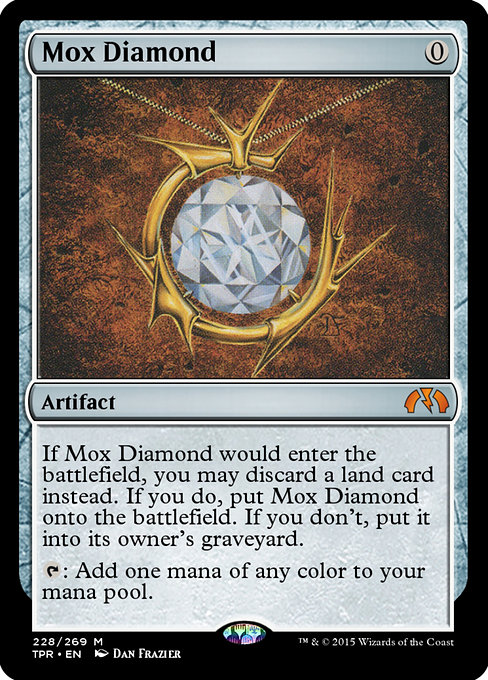
Mox Diamond
Gameplay Summary
The game began with Anowon, the Ruin Thief leading a rogue theme focused on pressure and value through evasion and historical synergies, while Aesi, Tyrant of Gyre Strait built a landfall-based value engine aiming to draw deeply and overwhelm opponents.
The Ur-Dragon deck played high-cost dragons with cost reduction from its eminence ability, ramping to establish a formidable board presence.
Kess, Dissident Mage sought to execute a fast-paced combo involving Saheeli Rai and Tainted Pact-style interactions, aiming to win via a graveyard recursion and storm-like effects. Early plays saw aggressive creatures like Skithiryx, the Blight Dragon applying infect pressure, forcing opponents to respond or risk quick defeat.
Reactive and defensive plays were common, especially from Arch Jelly's landfall deck, which preferred to build up slowly and punish attempts to disrupt its growth.
Key moments included a well-timed Ugin, the Spirit Dragon board wipe that severely disrupted multiple strategies, especially crippling Kess by exiling her key graveyard resources and negating her combo potential.
Graftdigger's Cage was another pivotal card, shutting down recursion and locking down Dr. Vusky’s graveyard-based strategy, effectively neutralizing his impact. With the primary combo neutralized, players shifted strategies: Anowon’s player focused on evasive rogue damage to keep pressure on life totals, while the Ur-Dragon player capitalized on the dragons’ value and resilience.
The infect threat loomed large, forcing targeted removal decisions.
The game evolved into careful resource and board state management, with players balancing pressure against disruption, and adapting to shifting threats and board wipes.




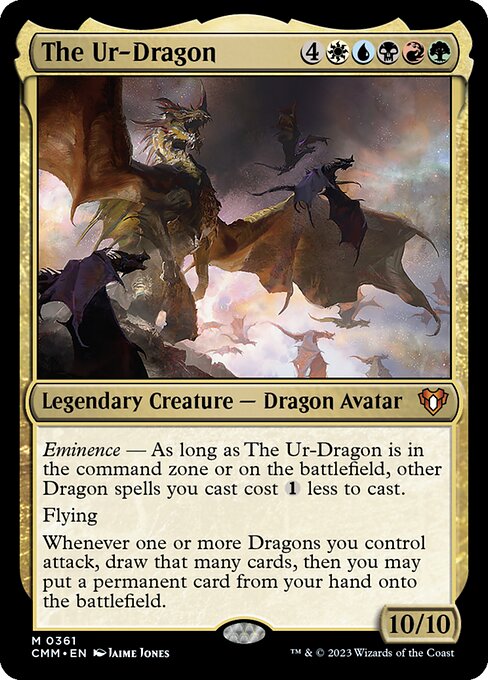






















![Commander Randomizer Part 2 [Commander VS 316] | Magic: the Gathering Commander Gameplay thumbnail](https://i.ytimg.com/vi/okRK1jVYfno/sddefault.jpg)









![Planechase Party [Commander VS 304] | Magic: the Gathering Commander Gameplay thumbnail](https://i.ytimg.com/vi/CkGLzCD115Q/sddefault.jpg)







